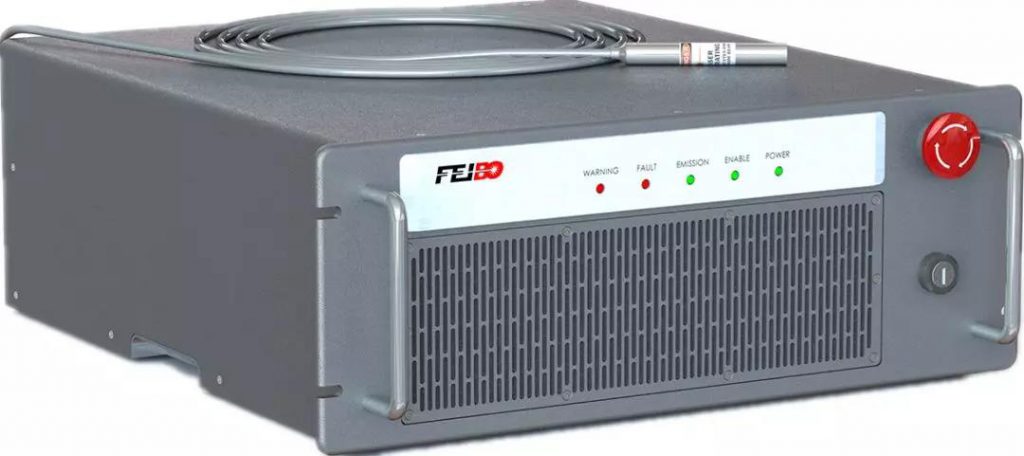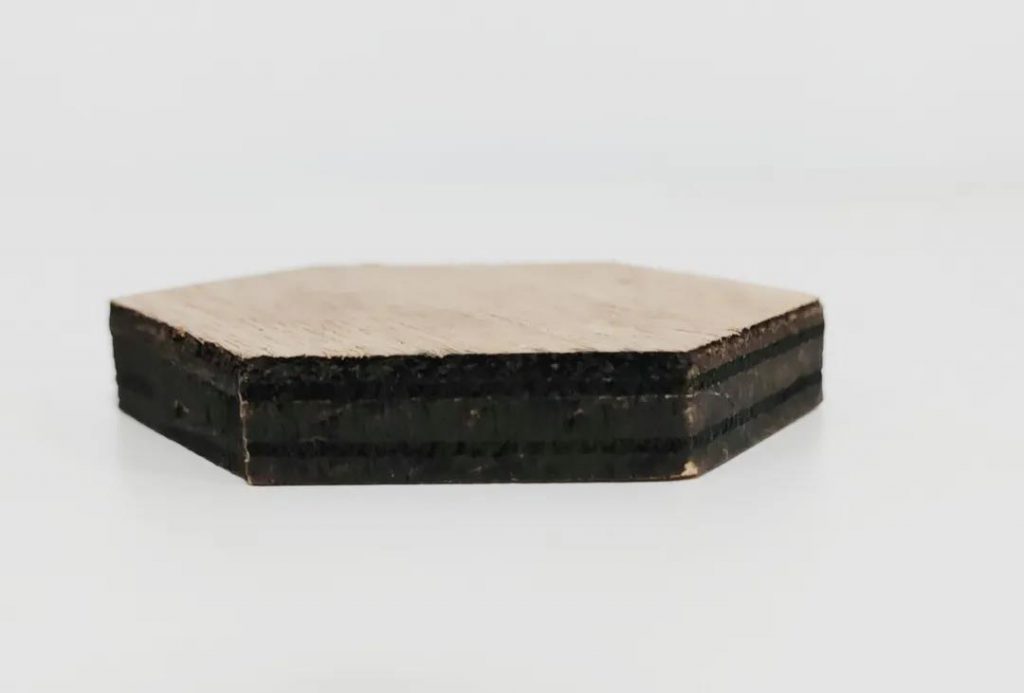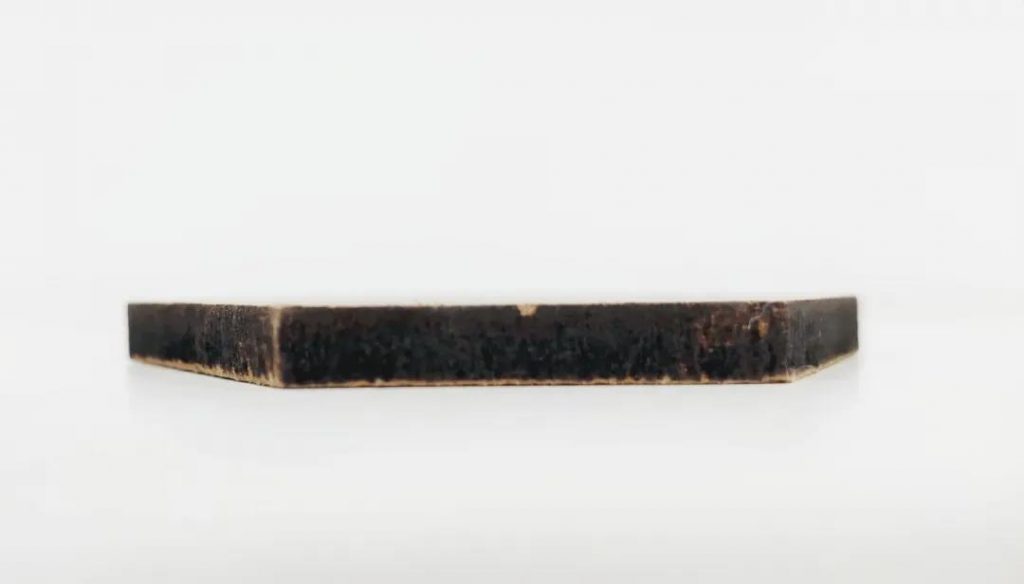At present, the cutting of wood is mostly in the form of traditional saw blade cutting, but it will produce a lot of sawdust and noise pollution. Cutting Wood with laser can not only reduce noise but also reduce the production of sawdust particles, reduce the harm to the human body. Laser-cut wood is also better than the traditional cutting quality, cutting surface roughness, tear or pile wood grain is not obvious, but covered with a thin carbonized layer.
HOW LASER-CUT WOODWORKS:
There are two basic ways of laser cutting wood: instant gasification and combustion. The way the laser cuts the wood depends on the power density absorbed by the wood during the laser cutting. Instantaneous gasification is an ideal way to cut wood, which is irradiated by a focused laser beam to form a slit.
Gasification cutting is characterized by cutting speed, heat transfer not to the uncut substrate, section without carbonization, only slightly dark and glazing. The burning mode of cutting is mainly because the beam power density is low, its characteristics are slower cutting speed, wider cutting seam, cutting thickness, cutting with smoke and burning smell. The energy consumption of combustion cutting unit material is higher than that of the gasification cutting unit, and the cutting edge has a carbonization phenomenon. However, in the actual process of cutting wood, gasification is basically accompanied by combustion, which is because the gasification method although it has the advantages of high efficiency, but needs a higher power density to achieve.
In the actual process of laser irradiation, because of the influence of laser output power and beam mode, the beam power density in some areas of the material surface is always lower than the value of the power density needed for gasification, so there’s a little bit of burning. In addition, laser cutting wood also needs to be coaxial with the beam of auxiliary airflow, generally for low-pressure inert gas or air.
What types of lasers can cut wood:
There are two basic ways of laser cutting wood: instant gasification and combustion. The way the laser cuts the wood depends on the power density absorbed by the wood during the laser cutting. Instantaneous gasification is an ideal way to cut wood, which is irradiated by a focused laser beam to form a slit.
Gasification cutting is characterized by cutting speed, heat transfer not to the uncut substrate, section without carbonization, only slightly dark and glazing. The burning mode of cutting is mainly because the beam power density is low, its characteristics are slower cutting speed, wider cutting seam, cutting thickness, cutting with smoke and burning smell. The energy consumption of combustion cutting unit material is higher than that of the gasification cutting unit, and the cutting edge has a carbonization phenomenon. However, in the actual process of cutting wood, gasification is basically accompanied by combustion, which is because the gasification method although it has the advantages of high efficiency, but needs a higher power density to achieve.
In the actual process of laser irradiation, because of the influence of laser output power and beam mode, the beam power density in some areas of the material surface is always lower than the value of the power density needed for gasification, so there’s a little bit of burning. In addition, laser cutting wood also needs to be coaxial with the beam of auxiliary airflow, generally for low-pressure inert gas or air.

Cutting Wood with thulium-doped FIBER LASER AT 22μm wavelength:
Test of cutting wood with fiber-doped laser
Cutting surface did not find rough, tear and pile wood grain defects, but the cutting end there is a certain degree of carbonization. As mentioned above, the carbonization phenomenon is mainly due to the lack of laser power. In the cutting surface quality requirements are not high, the surface can allow a certain degree of carbonization. If the surface is carbonless, it is necessary to increase the laser power or change the collimation focusing ratio of the cutting head.


This series of 2μm Wavelength tm-doped continuous-fiber lasers developed by Feber laser can achieve photoelectricity conversion of more than 20%, which is more energy-saving than CO2 lasers. With the advantages of simple structure, good beam quality, easy integration, easy operation and maintenance-free, TM ~ (3 +) doped fiber laser is expected to replace CO2 laser in wood cutting field in the future.
